Sounds cliché, but it is true…India is a land of festivals, irrespective of the time of the year, be rest assured that there is always a festival being celebrated in some part of the country. The list of festive occasions in India is long and easily accessible. But, given we are so diverse, I am sure one will need some additional effort to ensure the list is comprehensive. There are festivals specific to locations, regions and states. And then, there are the festivals with a national celebration. Safely put, there is at least one festival every month.
 As marketers, we keep finding various ways of engaging our consumers and emotionally connecting and relating with them. Digital Marketing has made it much easier to connect with consumers in a more focus manner with tailored communication to suit the needs of the occasion. The key here is to know, as a business/brand, if we should be seen on all the festivals, with the same kind of energy and resources Or, should businesses/brands be selective in choices?
As marketers, we keep finding various ways of engaging our consumers and emotionally connecting and relating with them. Digital Marketing has made it much easier to connect with consumers in a more focus manner with tailored communication to suit the needs of the occasion. The key here is to know, as a business/brand, if we should be seen on all the festivals, with the same kind of energy and resources Or, should businesses/brands be selective in choices?
When I started my journey as a Digital Marketer, we tried to leverage all the festivals by posting and promoting “Happy XYZ” (a term I use for a “Happy Holi” or a “Happy Diwali” post), from all our brands, for almost all the festivals and, on all Social Media handles. Imagine the kind of content developed and the money spent on each promotion, to leverage festivals. But as one learns by experience, so did we. When we analyzed the posts, it was clear that our “Happy XYZ” strategy did not work the way we deployed it. We learnt the hard way and stopped them. Soon, we realized that completely doing away with festive posts affected our page engagement rates during festival periods. We needed something more to support our festive promotion strategy. We needed to find the right balance and we needed to focus. Having lived the roller-coaster of making the most of the festivities in India, here are my key pointers for building a “Happy” Strategy, that works:
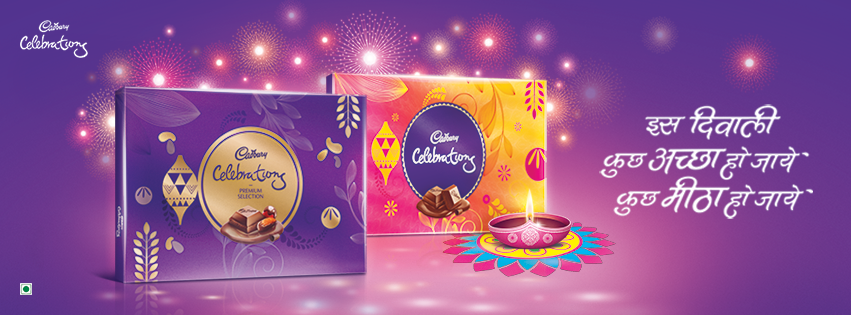
- Pick the ones relevant – There are more than 33 festivals in the country, including ten big ones. Imagine the broad spectrum of content a brand/business would need to make the most of each of these. Hence, the key question to ask is, does one want to associate with all the festivals? Honestly, it would be insane to do that. One needs to keep the brand relevant in each post on Social Media. Ensuring relevance of the brand/business (and not force-fitting) by integrating into each festive post is often a challenge. Being selective and focused will make life easy and ensure relevance is maintained. A good example that comes to my mind is Cadbury. The way they integrate their brand/product is seamless. “Happy” strategy is to build innovative, relevant and engaging content – that makes consumers relate to both – the brand and the festivity.
- Plan – At the start of the year, one knows the festival calendar.
 This information should be used wisely to plan for the festivals one wants to associate with and start building on campaigns around them. I also mean, when I say plan, that one should not just be ‘seen’ on the festival day but at least a couple of days before and/or after. “Happy” strategy is all about planning in advance and deploying the campaign at the right time.
This information should be used wisely to plan for the festivals one wants to associate with and start building on campaigns around them. I also mean, when I say plan, that one should not just be ‘seen’ on the festival day but at least a couple of days before and/or after. “Happy” strategy is all about planning in advance and deploying the campaign at the right time. - Make it a series – After finalizing the festivals the brand/business would want to associate with, build it as a campaign. Have a run-up to the campaign (no teasers please). Integrate well-designed and written communication pieces with relevant messages. Leave consumers wanting for more and bring the campaign to a logical conclusion. “Happy” Strategy is not one-off, but a series of engaging posts. Look up for Amazon, I personally feel they have mastered the art of festival advertising and have built properties around it. Their campaigns are well promoted and received by consumers.
- Drive engagements with contests – As one plans the festive communication, one needs to know that contests can add a lot of value. Not only will they help drive engagement but also help generate consumer (user) generated When designing contests, ensure that they are linked to the brand/business and consumers relate with them. The rewards should be exciting for consumers to participate and share with friends and family. My experience tells me that these two things can really help break the festive contest clutter and ensure the brand/business enjoys a good share of voice. Ensure all promises made during contests are kept. Live up to the “Happy” strategy by making consumers happy with exciting contests.
- Promote using offers and discounts – Festivals are times when people tend to spend, and one should know the ways to lure the consumers to one’s brand.
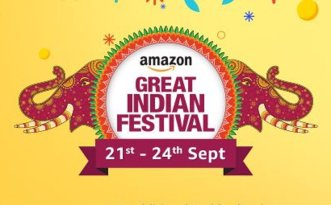
Each festival comes with an intent to spend on things like clothes, jewelry, appliances, utensils, vehicles, the list goes on. Consumers start planning and saving for the festive spending much in advance, but the final purchase happens during the day/week of the festival. Discounts always work with consumers of most types. A CTA (Call to action) with an enticing offer often results in a sale. “Happy” strategy suggests discounts and special festive offers to pull consumers to one’s brand because they are have the highest intention to spend and if one does not charm them, competitors will. - Ensure best ad formats and placement – One can do everything right, but if the ad format and placement are not right, the campaign is up for a disaster. It is important to show the most relevant message to consumers and adapt the promotion basis the platform. Google responsive search ad, Programmatic and Facebook affinity targeting are ways of doing this right. It is certain that a well-optimized campaign can convert the consumer intent into a sale. Do not forget that the campaign should have a call to action at every step. Search is the door that brings sale and so, for the “Happy” Strategy to work, one needs to follow consumers as they search for products.
- Connect with the right causes – “Dan Utsav” during Diwali, “Save Water” during Holi” are some of the great examples of “cause” I really love the way brands build cause campaigns as they not only develop an emotional connect but also positively impact the image of the brand at large among consumers.
 One such example is the recent campaign by Myntra where they would collect used clothes for distribution among the needy and offer Myntra points in exchange for consumers to redeem on the Myntra app. This was in partnership with Goonj. I found it do be extremely relevant, thought-provoking and engaging. Of-course, leading to the end objective of SALES.
One such example is the recent campaign by Myntra where they would collect used clothes for distribution among the needy and offer Myntra points in exchange for consumers to redeem on the Myntra app. This was in partnership with Goonj. I found it do be extremely relevant, thought-provoking and engaging. Of-course, leading to the end objective of SALES. - Use regional communication – A high decibel campaign specific to the region of the festival works One can decide to go for regional campaigns basis one’s priority markets and target the campaign just to that specific audience. It will help focus, avoid media wastage and make the most of the festivities where they are on. Think about it, would general consumers in Delhi like see a Pongal related ad? The answer is NO. Apart from focusing on priority markets for festive campaign promotions, one should also use the local language for enhancing the impact. “Happy” Strategy is all about optimizing and taking some tough decisions for high impact.

The best months of the year are from September to March. They are full of festivities. Starting with the Ganpati festival, leading to Holi, with Navratri, Dussehra, Diwali, Christmas, New Year in between. This period is the time to eat, enjoy with family and friends and most importantly, SHOP. Digital has made it so much easy to share and connect with friends and family across the world. Festivals are not just confined to the living room or the society, they also now enjoy a huge place on social media handles as well. And the advent of Digital Marketing has also ensured that brands/businesses thrive and make the most of the festival season from “Happy” Ganesh Chaturthi to “Happy” Holi.
Festive greetings from me! Be happy, be good and celebrate responsibly. Have a happy and ‘SALEFUL’ festive season!
* Image courtesy Google 🙂

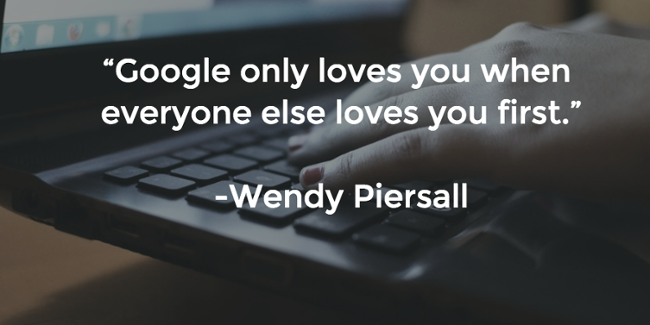
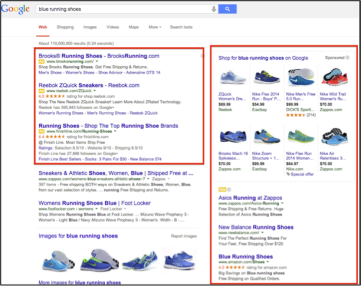 ore focused, flexible and sharper work with “Paid” media in the Digital Space. As the name suggests, any online advertising you pay for is called “Paid”. It is easiest and the fastest way of getting visibility to your business/brand. It is the classic case of more money you invest (and invest correctly), the better visibility you get.
ore focused, flexible and sharper work with “Paid” media in the Digital Space. As the name suggests, any online advertising you pay for is called “Paid”. It is easiest and the fastest way of getting visibility to your business/brand. It is the classic case of more money you invest (and invest correctly), the better visibility you get.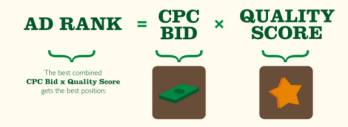 ad is called AdRank/ AdPosition. It is the result of factors like keywords, ad relevance, quality score and money spent behind each keyword.
ad is called AdRank/ AdPosition. It is the result of factors like keywords, ad relevance, quality score and money spent behind each keyword.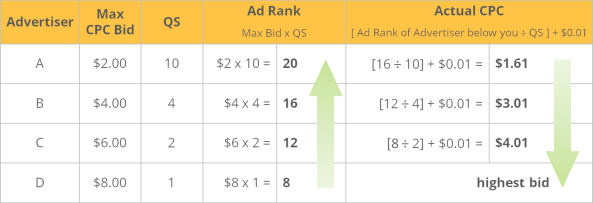 Quality score is determined by a couple of factors. Firstly, the click-through rate (no. of times a consumer clicks on your ad). Secondly, the ad relevance (to the search). Lastly, the landing page experience (bounce rate). The summation of these three gives your ads a quality score. The best part about a good quality score is that it is directly proportional to your average position and inversely proportional to your average cost per click. Simply put, higher the quality score, higher the ad position and lower the CPC.
Quality score is determined by a couple of factors. Firstly, the click-through rate (no. of times a consumer clicks on your ad). Secondly, the ad relevance (to the search). Lastly, the landing page experience (bounce rate). The summation of these three gives your ads a quality score. The best part about a good quality score is that it is directly proportional to your average position and inversely proportional to your average cost per click. Simply put, higher the quality score, higher the ad position and lower the CPC. The most important thing is to entice your consumers to act on your ad with the help of strong call to actions like Learn more, Buy now, Call now, Sign up, The description below the headline also plays an important role and should be crafted very carefully. It should ideally convey your USPs and other important details, it works exactly like your one-minute elevator speech. A well-crafted ad with appropriate keywords, details, and URLs will also ensure relevant clicks on your website, eventually resulting in conversions.
The most important thing is to entice your consumers to act on your ad with the help of strong call to actions like Learn more, Buy now, Call now, Sign up, The description below the headline also plays an important role and should be crafted very carefully. It should ideally convey your USPs and other important details, it works exactly like your one-minute elevator speech. A well-crafted ad with appropriate keywords, details, and URLs will also ensure relevant clicks on your website, eventually resulting in conversions. But, as a matter of fact, your Website and Search efforts help you to be available for your consumers when they seek you. I feel Search efforts are like moms, whatever your needs, you can rely on them and get the right answers. We are now also entering the era of voice-based search with the advent of Alexa and Google Assist. So imagine the opportunities you could lose if you do not understand the importance and implement search initiatives now. The good news is, Google offers a certification course on Search Marketing which makes you proficient in AdWords. Here is the link to that
But, as a matter of fact, your Website and Search efforts help you to be available for your consumers when they seek you. I feel Search efforts are like moms, whatever your needs, you can rely on them and get the right answers. We are now also entering the era of voice-based search with the advent of Alexa and Google Assist. So imagine the opportunities you could lose if you do not understand the importance and implement search initiatives now. The good news is, Google offers a certification course on Search Marketing which makes you proficient in AdWords. Here is the link to that 
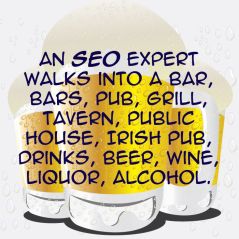
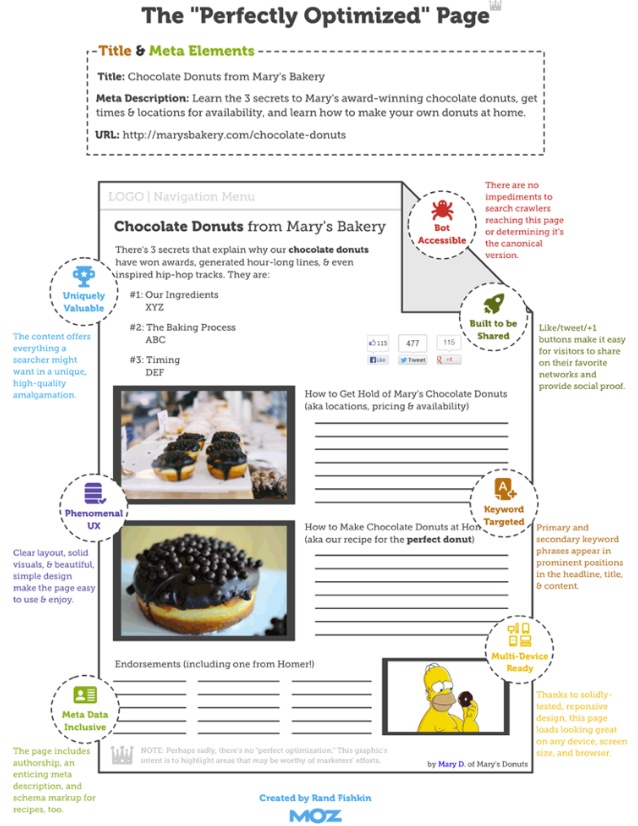
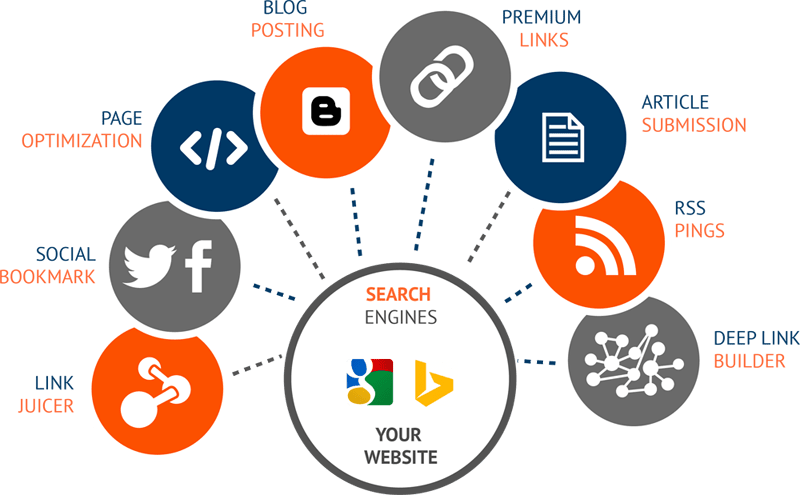
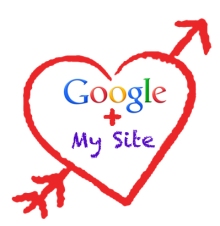
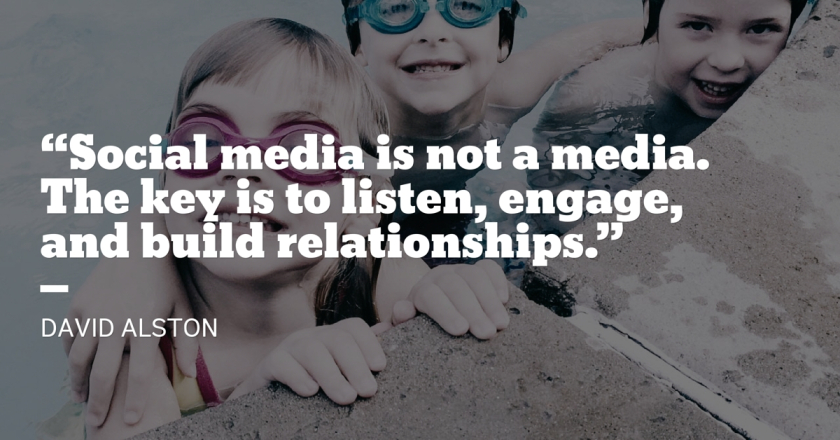
 he consumers are engaged all around the year. Social Media gives you the chance to actually publish fresh content every day. But that is not what you should be doing. Define and schedule the posts and updates strategically, so that a variety of content is placed in front of the consumers, at the right time. Don’t be sporadic in your posting.
he consumers are engaged all around the year. Social Media gives you the chance to actually publish fresh content every day. But that is not what you should be doing. Define and schedule the posts and updates strategically, so that a variety of content is placed in front of the consumers, at the right time. Don’t be sporadic in your posting.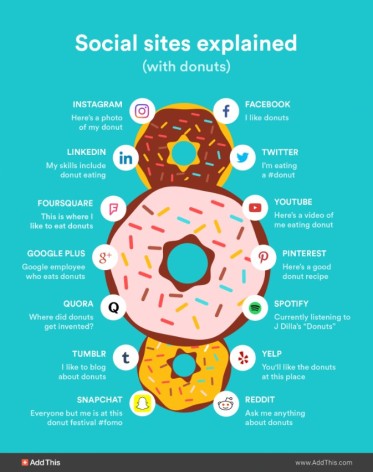

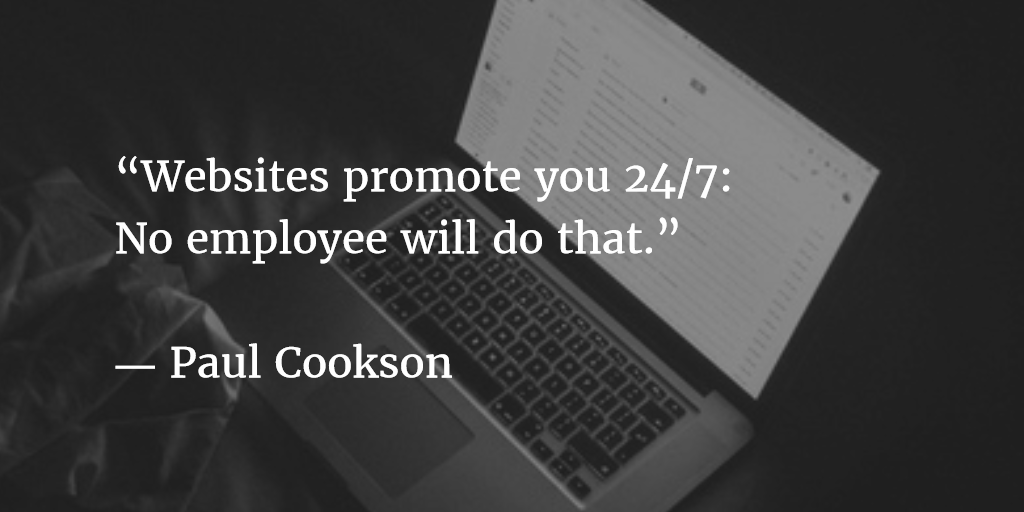
 tions and updates. In the process, I learnt that a ‘good’ website should feature the following:
tions and updates. In the process, I learnt that a ‘good’ website should feature the following: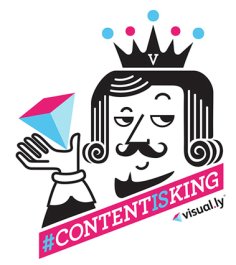 A good website allows consumers to know what products are marketed, what their USPs are and how they differ from other products. It gives information about the organization, the contact details and where the products can be bought. Comprehensive FAQs make it easy for consumers to form positive opinions about your brand. Blogs are a good way to keep consumers engaged. Enough and more is spoken about on the importance of content in every Digital Marketing forum. Remember to keep the language simple and avoid use of jargons.
A good website allows consumers to know what products are marketed, what their USPs are and how they differ from other products. It gives information about the organization, the contact details and where the products can be bought. Comprehensive FAQs make it easy for consumers to form positive opinions about your brand. Blogs are a good way to keep consumers engaged. Enough and more is spoken about on the importance of content in every Digital Marketing forum. Remember to keep the language simple and avoid use of jargons. there. Your website should lead consumers to follow your pages on social media to remain posted on new content. Consumers should also be able to share your website contents easily with friends and family. It is imperative to create social media handles on all key platforms like Facebook, Twitter, YouTube, Pinterest, Instagram and LinkedIn.
there. Your website should lead consumers to follow your pages on social media to remain posted on new content. Consumers should also be able to share your website contents easily with friends and family. It is imperative to create social media handles on all key platforms like Facebook, Twitter, YouTube, Pinterest, Instagram and LinkedIn.